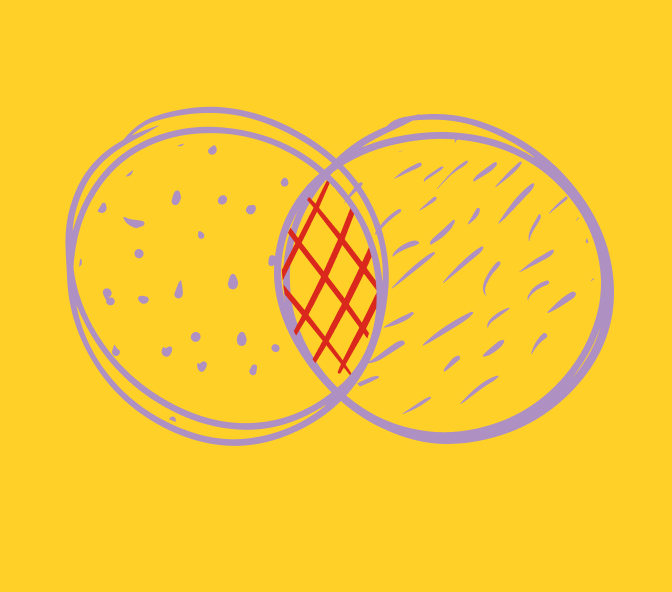
Child rights are often particularly at risk in countries facing crises and insecurities. By integrating key contextual factors, the Child Atlas now offers a quicker and more intuitive way to see how crises like conflict, climate risk, and poverty intersect with children's lives.
Read Post


